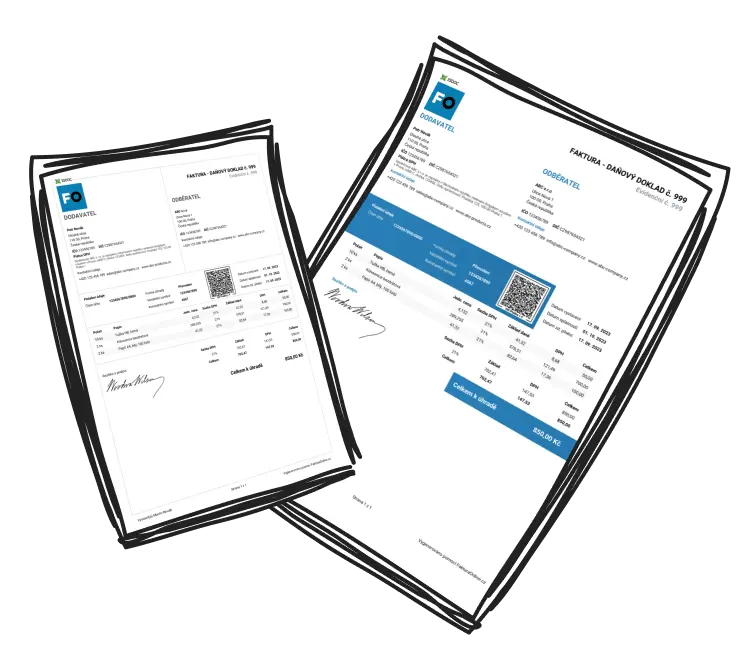The business plan's appendix serves as a pivotal section, allowing you to include indispensable documents that bolster and substantiate the main content, thereby backing up your strategy and offering transparent insights to stakeholders.
Financial documents such as profit and loss statements, balance sheets, and cash flow forecasts.
Information from market research, including surveys and analysis of your target market.
CVs or biographies of key team members, highlighting their experience and skills.
Legal paperwork, such as business licences, permits, or co-operation agreements.
Images of products, patents, schematics, and documents relating to intellectual property or proprietary design.
Incorporating these elements grants a more nuanced view of your foresight, readiness, and meticulous planning.
The Significance of an Appendix in Your Business Plan
In your business proposal, the appendix plays a critical role in instilling confidence. It provides detailed evidence supporting the assertions outlined within your plan, serving as a rich source of information for stakeholders and investors seeking further insight.
Moreover, it ensures that the main document remains concise, while offering comprehensive and detailed evidence, simplifying the decision-making process for stakeholders.
Structuring the Appendix of a Business Plan
A well-organised appendix allows stakeholders to swiftly access essential information. Here’s how you can structure it effectively:
Begin with a contents page or index dedicated to the appendix.
Group documents by their relevance to sections in the main business plan.
Label and number each item clearly (e.g., Appendix A: Financial Documents).
Refer to appendix items directly within the main business plan as needed.
For complex data, provide summaries or annotations.
For hard copies, use tabs or labels; in digital formats, hyperlinks can facilitate easy navigation.

Tip
Consistent numbering and labelling let stakeholders easily locate the documents they need.
Typical Documents in a Business Plan Appendix
Various documents are regarded as essential components of an effective appendix. Ensure your business plan’s appendix includes the following types:
Financial Forecasts: Profit and loss accounts, balance sheets, and cash flow predictions spanning multiple years.
Market Investigation: Surveys, competitive analyses, and detailed analytical reports.
Team Member CVs: Credentials and experiences of vital personnel.
Contracts or MOUs: Evidence of preliminary traction, like letters of intent or agreements with partners.
Intellectual Property Documents: Patent registrations, design plans, or trade marks.
Organisational Structures: Diagrams depicting company leadership and ownership.
Each of these documents enhances credibility and demonstrates thorough preparation.
Supporting Your Business Plan with an Appendix
The appendix enriches the primary content by providing thorough details and evidence for all crucial claims. It bridges the gap between the overarching narrative of your business plan and the detailed, data-driven information stakeholders seek.
As an example, financial forecasts in the appendix validate the figures presented in your financial plan by offering exhaustive methodologies and historical context. Similarly, market analysis data backs up claims regarding target markets and demand trends.
This thorough approach encourages transparency, fosters trust, and aids stakeholders in making informed decisions, thereby ensuring your proposal is perceived as both professional and credible within Britain.


